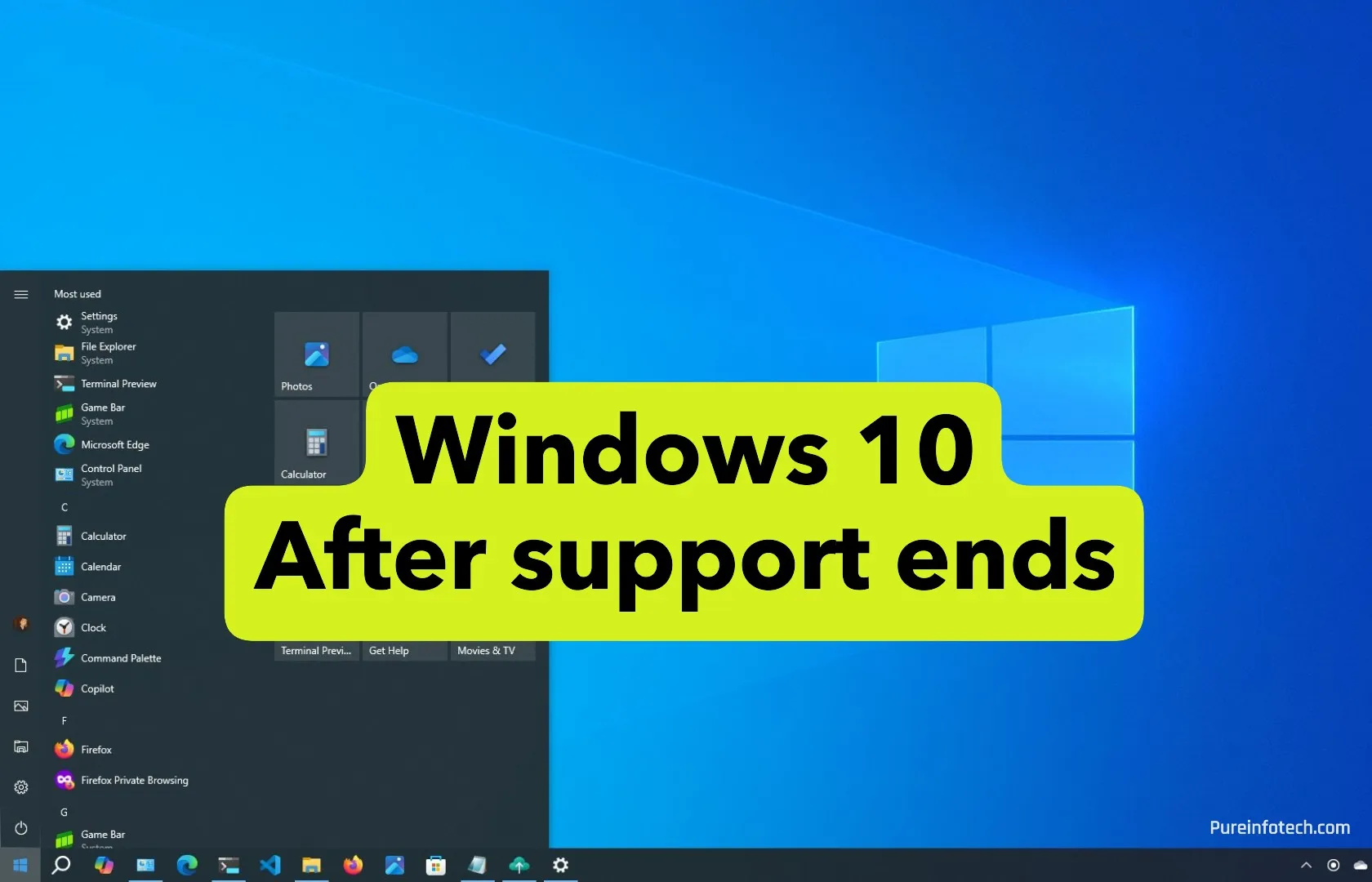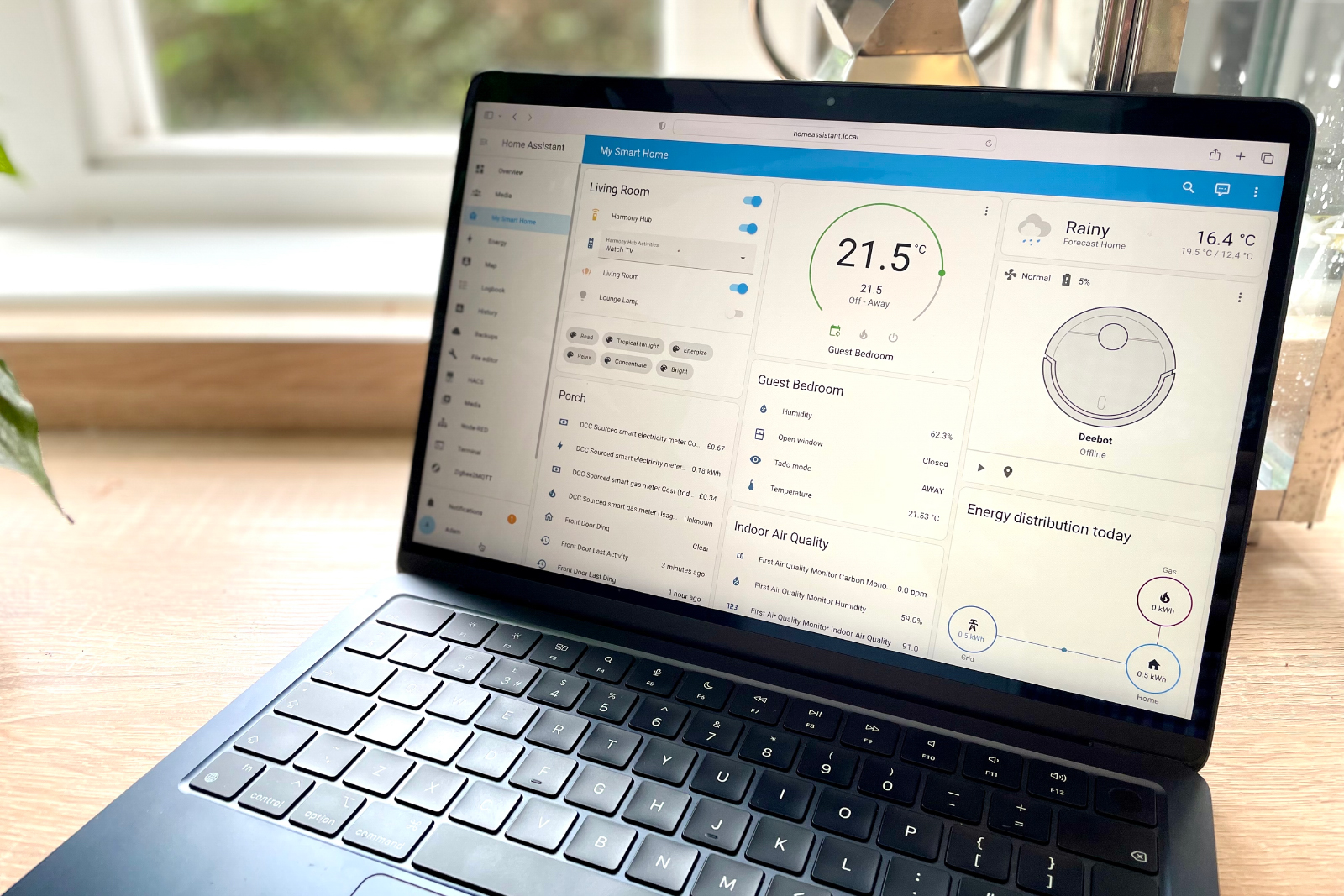How long can you safely use Windows 10 after October 14, 2025? Before it’s risky

- You can continue using Windows 10 after support ends on October 14, 2025, but it will no longer receive regular security updates.
- The system will remain usable, and some apps (like Microsoft 365) may continue working, but your computer will become increasingly vulnerable to security threats.
- Microsoft will offer optional Extended Security Updates for $30 per year to help you during the transition period.
Microsoft will end support for Windows 10 on October 14, 2025, and if you still have a device running the decade-old operating system, you may still be wondering several questions, such as whether you can continue using the operating system after the support ends and what you need to do to keep your computer supported. Here’s what you need to know.
How long can you safely use Windows 10 after support ends?
The good news is that you will still be able to turn on your computer and access Windows 10 after October 14, 2025.
Also, it’s important to clarify that after the end of the support date, your computer won’t automatically become vulnerable and insecure. In fact, October 14 is actually the release date of the last security update that Microsoft plans to roll out for Windows 10. So, on October 15, you’ll still be able to use your computer safely.
Although I can’t say exactly how long, for at least the first few months, you’ll likely be able to continue using Windows 10 without much worry. However, as time progresses, vulnerabilities will start to emerge, which malicious individuals will begin to exploit, and this will make your computer a target.
Also, depending on your computer configuration, after the end of the support date, other companies will stop releasing driver and software updates that may affect your setup.
The asterisk here is that some applications will continue to be supported. The software giant has previously said it will continue supporting the Microsoft 365 apps (including Word, Excel, PowerPoint, etc.) on Windows 10.
Now, it’ll be up to you to check with your manufacturer’s support website to confirm if a specific piece of software will continue to be supported on a no-longer-supported operating system.
What will happen if you continue using Windows 10 after the end of support?
If you continue using Windows 10 after the end of support, three things will happen.
First, as I mentioned previously, your computer will become vulnerable to malware and hacker attacks, which can happen at any time.
Second, as time goes on, you will notice performance issues on your computer due to the fact that the operating system and most apps and drivers will no longer be maintained.
Third, since updates won’t be available, you may start experiencing problems using specific features and may be unable to install newer software because of incompatibility issues.
Will your computer receive any type of updates?
Yes and no. After October 14, 2025, Microsoft will release the last security update and will officially end support for Windows 10. However, the company may still push some type of updates.
For example, even though the operating system won’t receive any more updates, the company is not sharing specific details about the definition updates for Microsoft Defender Antivirus. As a result, it could be the case that the antivirus may continue to receive updates for the foreseeable future.
Also, even after the support ends, the company is likely to push occasional updates, but only to patch a specific, very critical vulnerability. This has happened in the past and can happen again.
What do you do if you still have a Windows 10 computer?
If you still have a computer running Windows 10, you still have several options.
In the case that your computer configuration meets the minimum hardware requirements, you should consider upgrading to Windows 11.
If the device doesn’t meet the requirements, you should still consider upgrading the unsupported hardware to Windows 11, but know that your setup will remain in an unsupported state.
When installing a newer version of the operating system on unsupported hardware, you won’t be able to contact the company for support, and updates won’t be guaranteed, but it could be your best option.
Alternatively, you can also think about switching platforms. For example, you can switch to Linux Mint or Google’s ChromeOS Flex. These operating systems are free and can be installed on older hardware.
The only caveat is the learning curve of switching to another operating system and software compatibility, since you cannot run Windows applications on Linux or ChromeOS Flex.
Finally, the third option is to use Microsoft’s Extended Security Updates (ESU). For the first time, the company is offering consumers a one-year ESU option for $30, which will provide critical security updates beyond the end-of-support date.
This option is ideal if you want additional time to transition to a new system without upgrading immediately. However, even though organizations can use this program for up to three years, for regular consumers using Windows 11 Home or Pro, Microsoft only offers one year of critical security updates without new features.
One thing to point out is that as a result of the option, some companies will continue to offer updates for their products throughout the duration of Extended Security Updates.
Of course, if your current device doesn’t meet Windows 11 hardware requirements, you should consider investing in a new computer.
What are you planning to do after the support for Windows 10 ends? Let me know in the comments.
Source link











